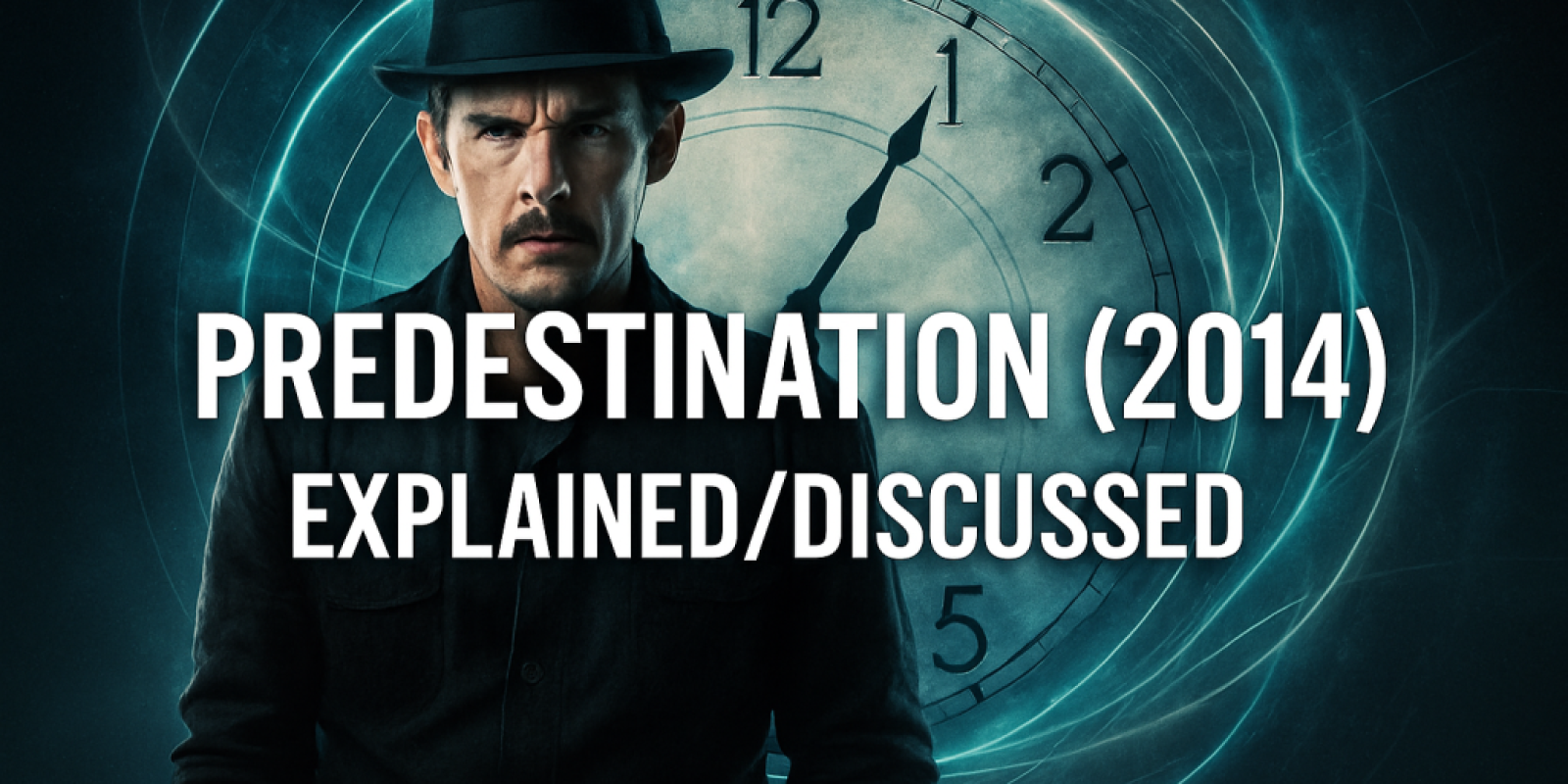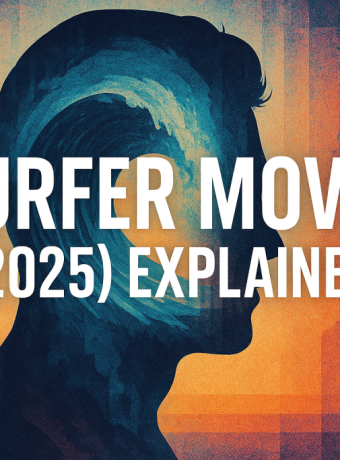The protagonist of Predestination is a single person across four identities: Jane, John, The Agent, and The Fizzle Bomber. This isn’t just a sci-fi trick—it’s an existential descent into identity, trauma, isolation, and the paradox of the self. Each role reveals a different layer of a fragmented psyche trapped in a perfect, horrifying loop.
Let’s break it down, one identity at a time, and then look at the whole.
👧 JANE — The Innocent Foundation of the Loop
Background:
Abandoned at an orphanage.
Always felt different, isolated.
Struggled with identity even before discovering she was intersex.
Bright, capable, strong-willed — selected for the “Space Corps” (a false front to recruit agents).
Psychological Profile:
Core wound: Abandonment — literal (left at the orphanage), emotional (rejected from the space program), romantic (lover vanished), and physical (lost her child).
Desire: Belonging and purpose. Jane wants to be part of something bigger (hence her attraction to the space program).
Conflict: Her identity is never affirmed by others. She’s told she’s “special,” yet constantly rejected and betrayed by the very people who call her valuable.
Psychological Impact:
Deep shame and confusion about her body and identity.
Development of defensive detachment — learning to suppress emotions and rely only on herself.
When John enters the picture, her trust in others begins to blossom — only to be shattered again.
🧔 JOHN — The Hardened Survivor with Fractured Identity
Transition:
After gender reassignment, Jane becomes John.
His body changes, but the emotional trauma remains unprocessed.
Becomes bitter, isolated, and cynical.
Psychological Profile:
Identity Crisis: John remembers being Jane, yet must now live in opposition to that. He’s both father and mother to his child, both lover and victim of himself.
Projection and Blame: John fixates on “the man who ruined Jane’s life” — unaware it’s himself. This fuels anger, misogyny, and alienation.
Hyper-intellectual defense: He becomes a writer, using sharp wit and detachment to protect himself emotionally.
Behavior:
Borderline dissociation from his past as Jane.
Gender dysphoria layered with existential dread — he doesn’t just feel wrong in his body, he feels wrong in time, in life, in being.
Key Moment:
When John meets Jane and falls in love with her, he feels “complete.” But that’s not romance—it’s narcissistic self-repair. He’s not connecting with another, he’s trying to heal by loving himself… literally.
🕵️♂️ THE TEMPORAL AGENT — The Repressor and Gatekeeper
Role:
A version of John, now older and recruited into the Temporal Bureau.
His job is to “fix time,” but he’s really just part of the loop.
Psychological Profile:
Suppressed trauma: He remembers the pain of Jane and John but buries it under duty.
He rationalizes the past: “It all has to happen.” He becomes a servant of fate, denying himself agency to avoid pain.
Shows signs of PTSD and moral disintegration: drinking, isolation, compulsive adherence to protocol.
Complexity:
This is psychological gaslighting of the self.
He has no external villain to blame, so he becomes an agent of determinism.
💣 THE FIZZLE BOMBER — The Broken Future Self
Final Evolution:
Psychological Profile:
Delusional but sincere — he has rationalized mass murder as benevolent intervention.
Complete identity collapse: He no longer sees himself as Jane or John or even the agent. He’s a messiah in his own mind.
Suffers from temporal psychosis — a fictional but plausible disorder from long-term time travel: memory fragmentation, moral confusion, and egomania.
Relationship to the Agent:
When confronted by the younger agent, the Fizzle Bomber pleads with him not to shoot. He says: “You’ll see. You become me.”
This is the final identity horror: realizing the thing you’ve been hunting… is yourself in the future.
🔄 THE WHOLE: A Closed Identity Loop
The four identities are not linear stages, but a rotating helix of trauma:
| Identity | Dominant Trait | Psychological Theme |
|---|
| Jane | Innocence | Abandonment and gender alienation |
| John | Bitterness | Identity crisis and self-hatred |
| Agent | Control | Suppression and rationalization |
| Fizzle Bomber | Madness | Isolation and delusions of purpose |
This character isn’t just stuck in time. They are trapped in a feedback loop of their own unresolved trauma, each version becoming less human, less grounded in truth.
And here’s the most disturbing part:
No outside force did this to them. Every stage was self-inflicted.
The villain, the victim, the savior — all the same person.
🧠 FINAL PSYCHOANALYTIC VERDICT
Predestination is less about time travel than the inescapable trap of identity when it’s fractured by trauma.
The main character is an extreme case study in:
Narcissistic injury (loving oneself to heal pain)
Gender trauma and dysphoria
Isolation and identity dissociation
The moral decay of suppressing truth in favor of control
Each stage of the character tries to “fix” the loop — love, justice, control, salvation — but each becomes just another step in reinforcing it.
It’s a portrait of self-destruction masquerading as destiny.

